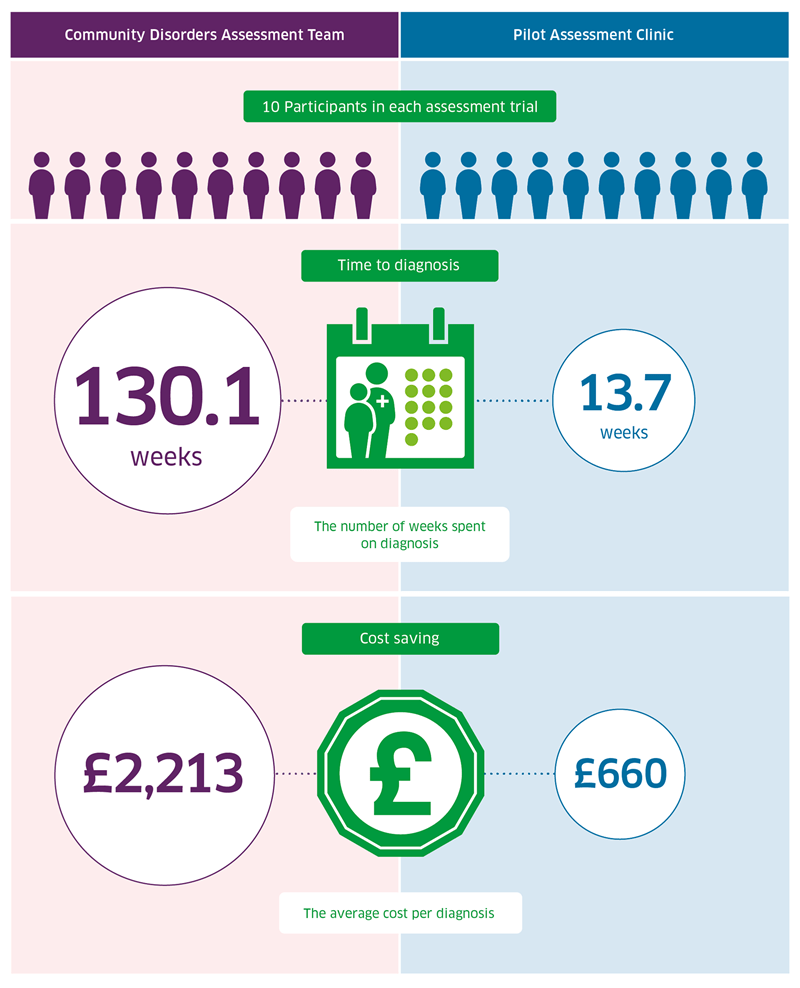Measurement
Teams identified the need to think carefully about how to collect, store, and analyse data. They also identified the importance of collecting regular and consistent data over time. This measurement plan from NHS Fife CAMHS (PDF) shows different types of measures a team used in practice.
There are three different types of measures for teams to consider:
1. Outcome measures: how close are you to achieving the aim?
2. Process measures: are the corresponding processes working as expected?
3. Balancing measures: are there unintended consequences resulting from the change?
Many collaborative teams also used run charts to track their progress. A run chart is a line graph of data plotted over time.
Here is an example of a run chart to track progress (PDF) from the NHS Greater Glasgow and Clyde Inverclyde CAMHS team. Additional information about run charts and measurement for QI is available from the QI Zone, including a measurement plan template.
Teams may wish to consider economic benefits when developing their measurement framework.
Measuring the economic impact of improvement projects helps to decide whether resource use has improved, either by improving health outcomes using the same resources, or achieving the same health outcomes using reduced resources. One collaborative team from NHS Dumfries and Galloway (PDF) used health economics to understand additional benefits and cost savings of their work (see below). More information on economic evaluation in QI can be found in this guide.



